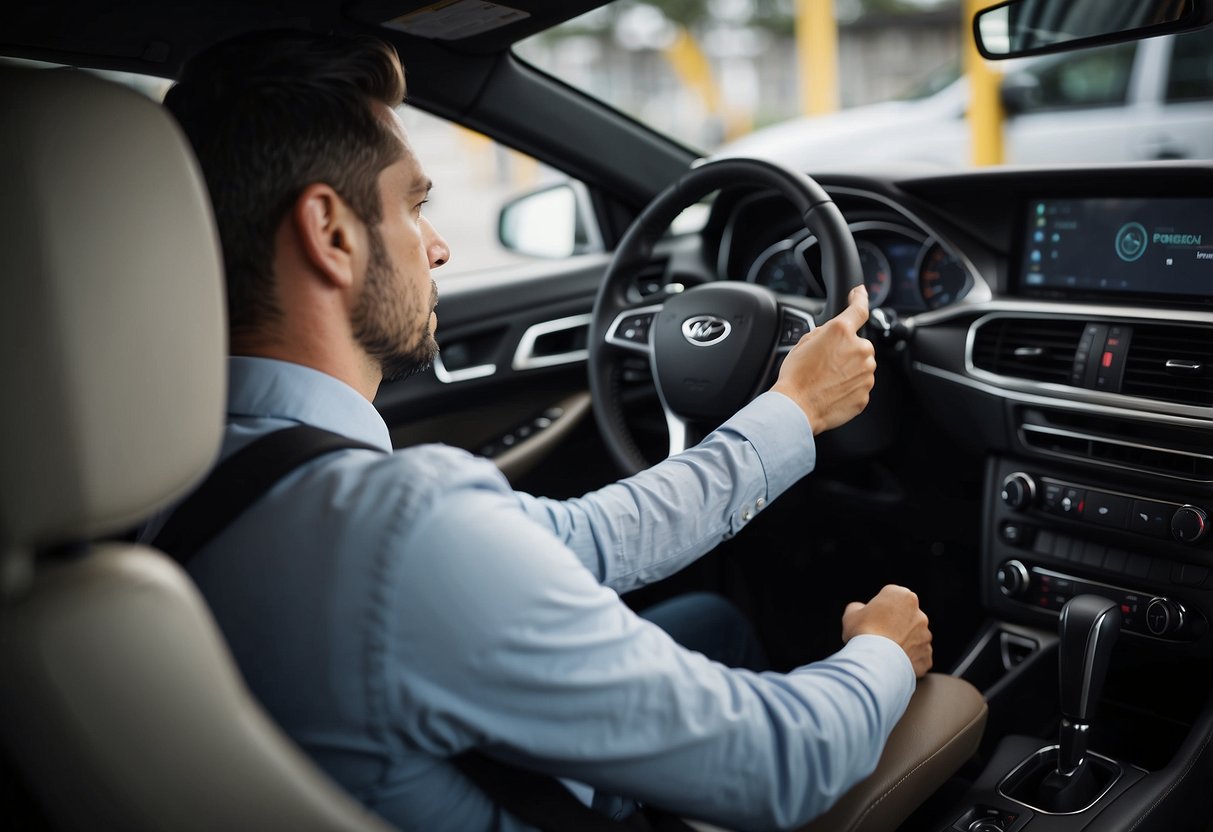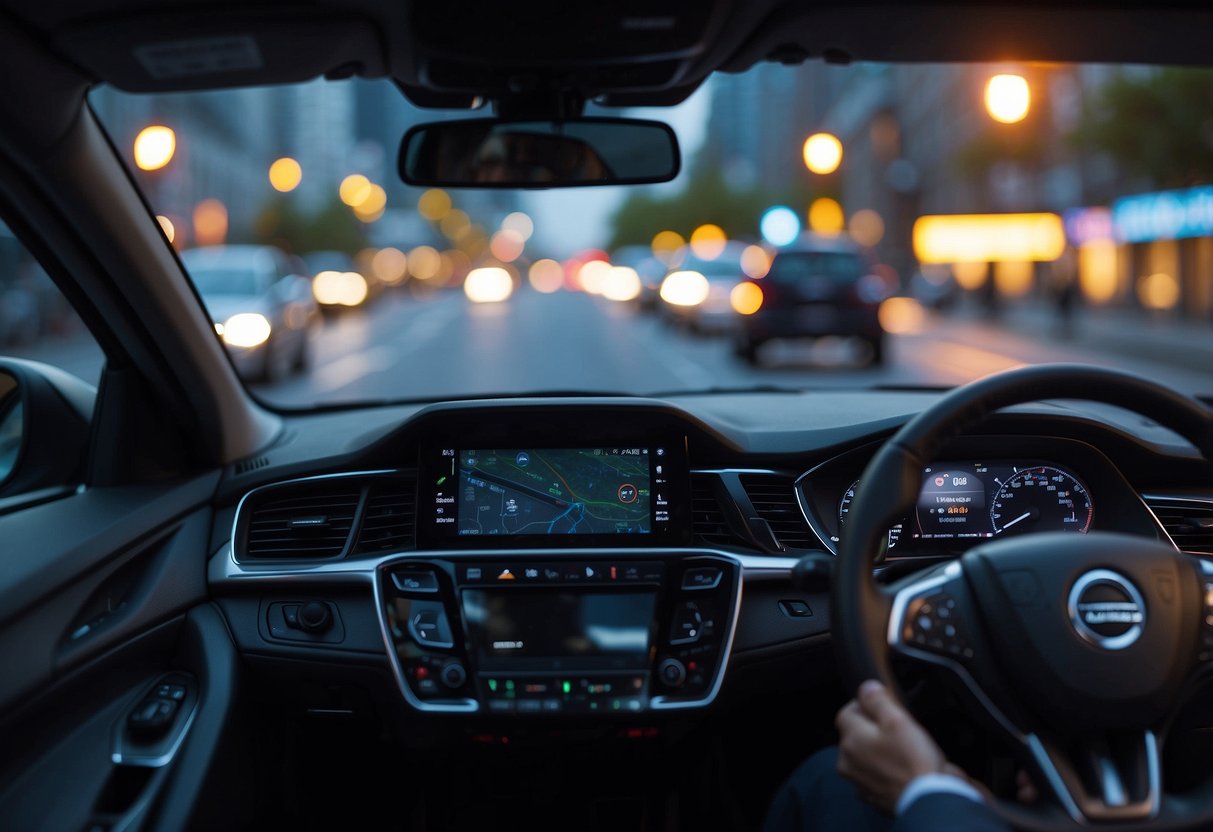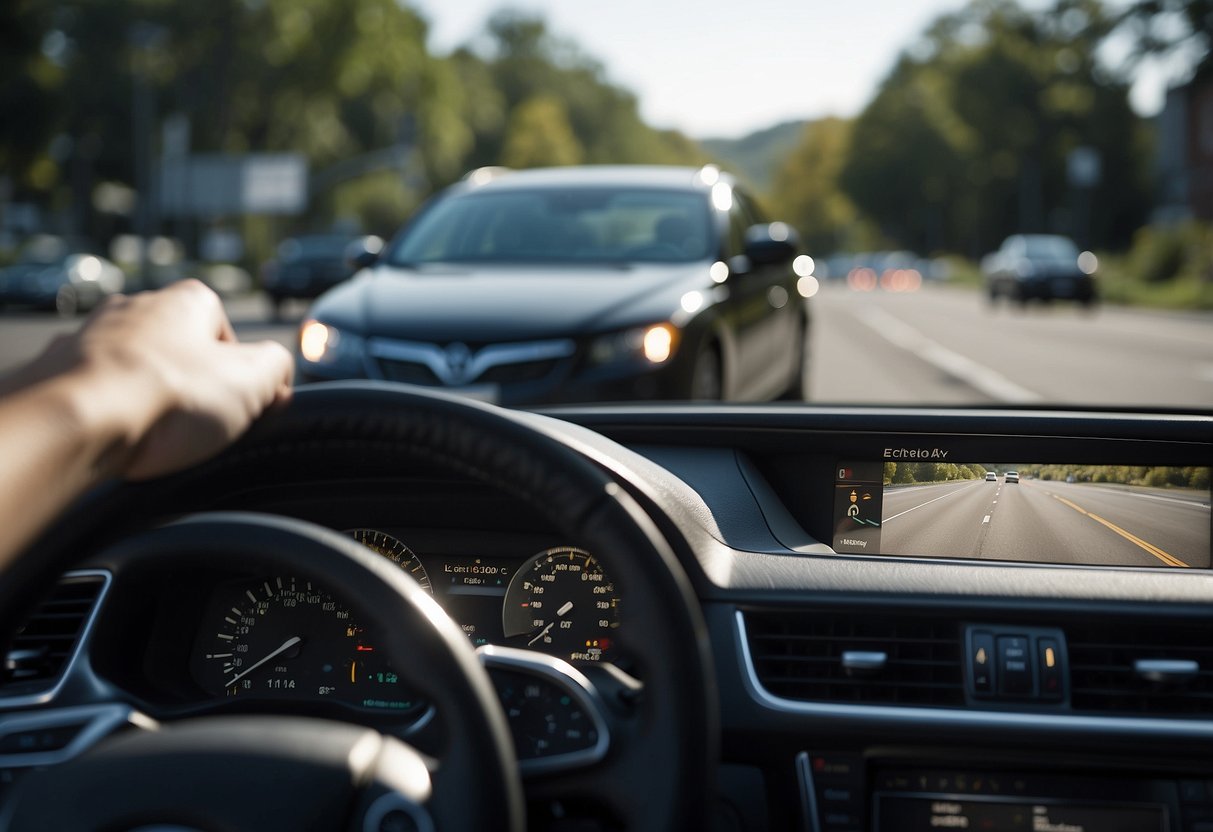
Driver Assistance Systems

Advanced driver assistance systems (ADAS) are revolutionizing vehicle safety by incorporating cutting-edge technology to assist drivers in operating their vehicles more safely and efficiently.
Adaptive Cruise Control
Adaptive Cruise Control (ACC) adapts the vehicle’s speed to maintain a safe distance from the car ahead. Using radar or camera sensors, it continuously monitors traffic conditions. If the vehicle in front slows down, ACC reduces the speed accordingly. When the road clears, it resumes the preset speed.
This feature significantly reduces driver fatigue, particularly on long highway journeys. Many systems can bring the vehicle to a complete stop and resume driving, making them particularly useful in heavy traffic conditions. Integration with other safety features like lane-keeping assist enhances the overall driving experience.
Parking Assistance
Parking Assistance systems help drivers park their vehicles with greater precision and safety. These systems use ultrasonic sensors or cameras to detect obstacles around the vehicle. Depending on the sophistication of the system, it may provide visual and auditory cues or even autonomously steer the vehicle into a parking spot.
Advanced variants, known as Automatic Parking Assist, take over steering inputs while the driver only controls the accelerator and brake. Such systems are especially beneficial in tight urban environments where space is limited and the risk of collisions is higher. They can also assist in parallel and perpendicular parking, reducing the stress and time involved in parking maneuvers.
Rear Cross Traffic Alert
Rear Cross Traffic Alert systems enhance safety when reversing by detecting oncoming traffic from the sides. Utilizing radar sensors located at the vehicle’s rear, these systems warn the driver of approaching vehicles, cyclists, or pedestrians that may not be visible through the rearview mirror or backup camera.
When an obstacle is detected, the system issues visual and/or auditory warnings, allowing the driver to stop in time to prevent a collision. This feature proves invaluable in crowded parking lots or when backing out of driveways into busy streets. Enhanced versions may also integrate with automatic braking systems, providing an additional layer of safety by stopping the vehicle if the driver fails to react to warnings.
Pre-Collision Systems and Alerts

Pre-collision systems are designed to help reduce the likelihood of a crash or mitigate the severity if one occurs. These systems use sensors, like radar and cameras, to detect vehicles, pedestrians, or obstacles in front of the car.
When an imminent collision is detected, the system triggers alerts. These alerts can be visual or auditory, prompting the driver to take action. Some systems even provide a tactile warning, such as a vibrating steering wheel or seat.
If the driver does not respond to the alerts, pre-collision systems may take evasive actions. Automatic emergency braking is one such feature that applies the brakes to avoid or lessen the impact of a collision.
Advanced pre-collision systems also include pedestrian detection. These systems can identify pedestrians in the vehicle’s path and provide early warnings or emergency braking to prevent accidents.
Lane departure warnings may also be integrated into the pre-collision system. These alerts help the driver maintain their lane, preventing unintentional drifting that could lead to a collision.
Some vehicles feature adaptive cruise control as part of their pre-collision system. This technology adjusts the vehicle’s speed to maintain a safe distance from the car ahead, reducing the risk of rear-end collisions.
By leveraging these advanced technologies, pre-collision systems play a crucial role in enhancing road safety and providing peace of mind to drivers. Their ability to detect potential hazards and initiate preventive measures makes them an invaluable feature in modern vehicles.
Vehicle Structural Enhancements
Vehicle structural enhancements focus on fortifying the car’s frame to improve occupant safety. These enhancements include reinforced safety cages and side impact protection systems.
Reinforced Safety Cages
Reinforced safety cages are designed to maintain the structural integrity of the passenger compartment during a collision. These cages typically use high-strength steel and specialized crumple zones to absorb impact energy. Crumple zones deform and absorb kinetic energy, reducing the force that reaches passengers.
The use of materials like boron steel improves the rigidity of the structure, minimizing deformation and maintaining the cabin space. Manufacturers also employ sophisticated welding techniques and adhesive bonding to enhance the overall strength and durability.
Side Impact Protection
Side impact protection systems aim to shield occupants during side collisions. These protections often include reinforced door beams and side airbags. Reinforced door beams help dissipate the force of impact across a broader area, reducing intrusion into the passenger compartment.
Side airbags deploy between the door and the occupant, cushioning the impact and preventing contact with hard surfaces. Advanced sensors detect the severity of a crash and ensure timely airbag deployment. This combination of mechanical and electronic safeguards plays a critical role in minimizing injuries during side impacts.



